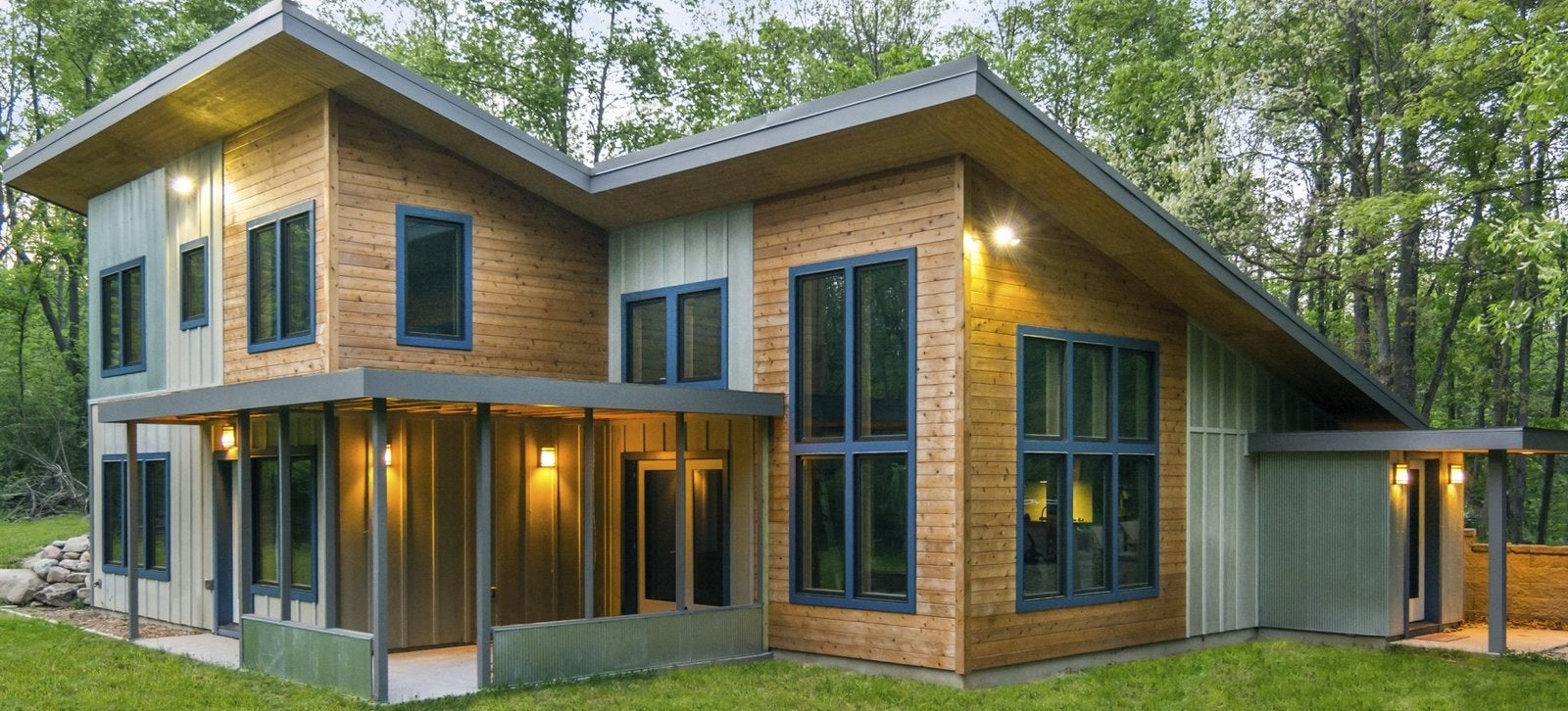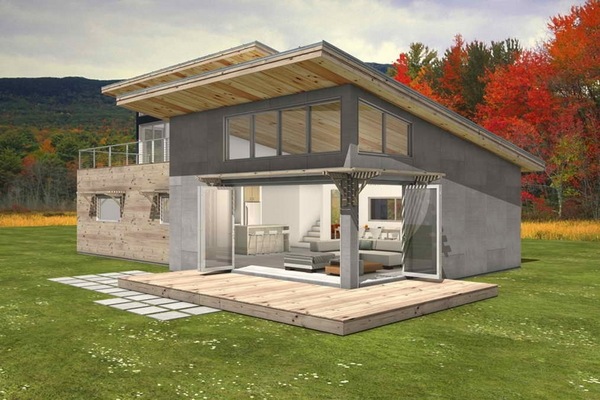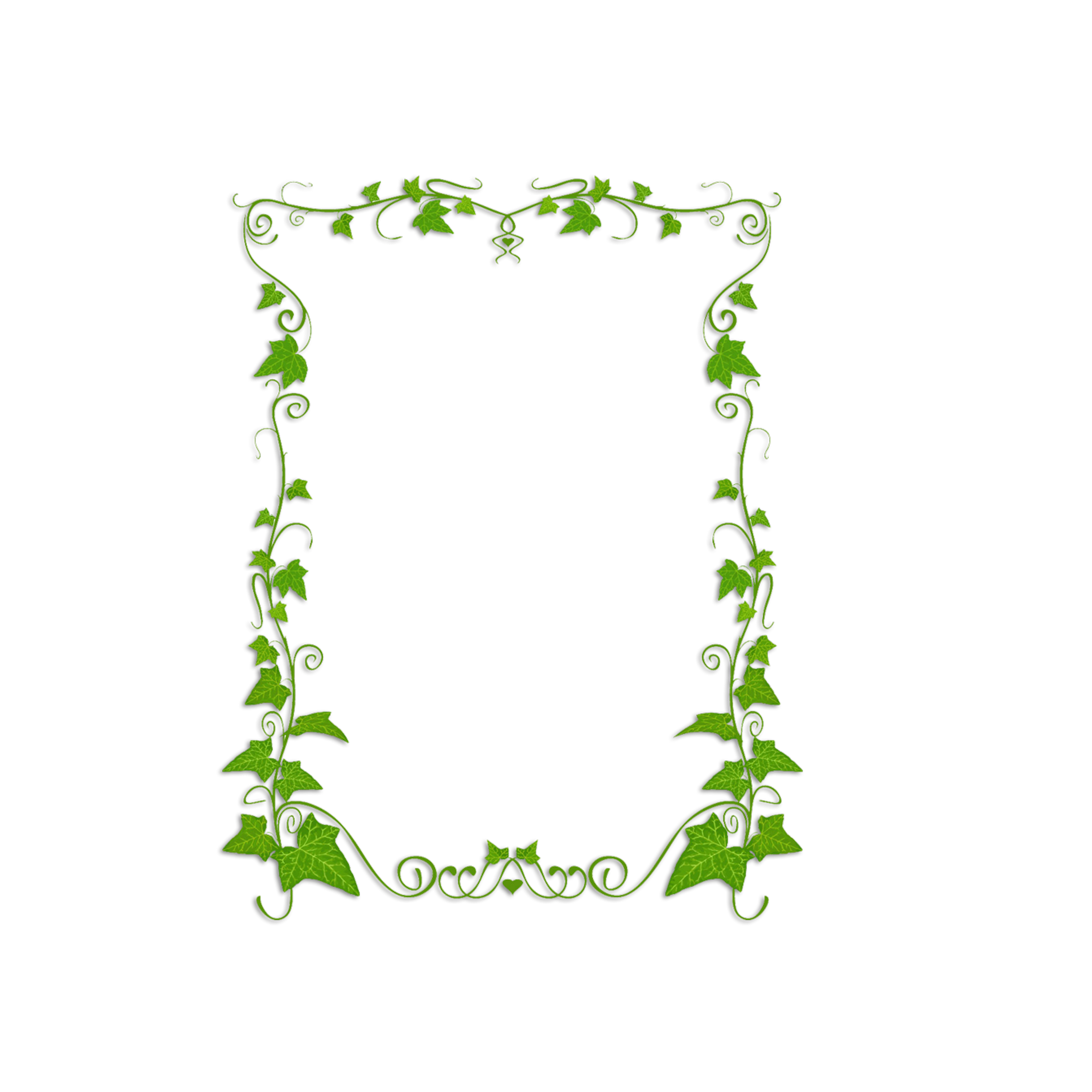Table Of Content

Another major issue for many window systems is that they can be potentially vulnerable sites of excessive thermal gain or heat loss. Infrared thermography color thermal imaging cameras ( used in formal energy audits ) can quickly document the negative thermal impact of roof-angled glass or a skylight on a cold winter night or hot summer day. Some passive systems use a small amount of conventional energy to control dampers, shutters, night insulation, and other devices that enhance solar energy collection, storage, and use, and reduce undesirable heat transfer. Passive solar heating works by allowing light to shine through properly oriented windows.
Can south facing windows and glass doors, double glazed, be used to collect passive solar heat?
Much has been learned about passive solar building design since the 1970s energy crisis. Many unscientific, intuition-based expensive construction experiments have attempted and failed to achieve zero energy – the total elimination of heating-and-cooling energy bills. According to NASA, every day the sun provides the earth with 10,000 times the total energy consumed by humans.
Installation of Windows
If you just put enough windows on the south side of a well-insulated building, it’ll get toasty during even subzero weather. The real challenges in solar design are those of preventing overheating during the day and of keeping the building warm at night. And both heat storage and air circulation are necessary to meet the two goals.
A Passive Solar Home in Stone Ridge - Chronogram
A Passive Solar Home in Stone Ridge.
Posted: Sun, 01 Jul 2018 07:00:00 GMT [source]
How to Implement Passive Solar Design
Thermal insulation or superinsulation (type, placement and amount) reduces unwanted leakage of heat.[10] Some passive buildings are actually constructed of insulation. Trying to determine the best solar panels for your home is like trying to determine the best car – there’s no one correct answer. Homeowners who are considering solar typically overlook the manufacturer of their solar panels, despite this being one of the most important factors for the longevity... Solar photovoltaic panels are created to absorb the sun’s energy and convert it to usable AC energy in your home. You’ve probably come across them in your research, and you’re wondering which will... As an online marketplace connecting quality solar companies to customers, we stay neutral...

This allows for sunlight to hit the “front” of the house directly, all year long. The building is then built square along on the East-West line, typically using the same heat transferring materials and orientations throughout. What many people don’t know is that passive solar design can go much deeper than simply installing a few windows and skylights in a home.
Efficient Manufactured Homes
This wooden, stilted dwelling tackles the region’s strong winds and solar radiation head-on, transforming them into design features for a passive house solution. A computer-designed, transformable wooden skin flows across the facades, managing sunlight and wind exposure while providing privacy. This innovative system utilizes movable panels and blocks to create dynamic spaces within the residence, all while framing captivating southern views. When it comes time to move into your next home, it benefits you—and the environment—to incorporate sustainable features.
In a direct gain design, sunlight enters the house through south-facing windows and strikes masonry floors and/or walls, which absorb and store the solar heat. As the room cools during the night, the thermal mass releases heat into the house. Ultra-efficient homes combine state-of-the-art energy-efficient construction, appliances, and lighting with commercially available renewable energy systems, such as solar water heating and solar electricity. By taking advantage of local climate and site conditions, designers can often also incorporate passive solar heating and cooling and energy-efficient landscaping strategies. The intent is to reduce home energy use as cost-effectively as possible, and then meet the reduced load with on-site renewable energy systems.
Patience When Building a Solar Home
Solar radiation occurs predominantly through the roof and windows (but also through walls). A cool roof, or green roof in addition to a radiant barrier can help prevent your attic from becoming hotter than the peak summer outdoor air temperature[13] (see albedo, absorptivity, emissivity, and reflectivity). The short story is, that if the sun is coming in your window you are getting some passive heat, simple as that. The main design ‘features’ of passive solar heat collection are having a house oriented to the south, and ideally even triple pane windows, depending on where you live. That, and having thermal mass in the path of the sun to absorb the heat so it can later be released as the temperatures drops. If your house is built and your windows are in place, there isn’t a ton you can do at this point except perhaps have thermal mass in the path of the sun to collect heat, but that could be quite a bit of work for the benefit.
Climate Consultant analyzes the distribution of this psychrometric data in each Design Strategy zone in order to create a unique list of Design Guidelines for a particular location. In fact, now they can even be invisible, thanks to researchers at Michigan State University (MSU) who have developed a transparent luminescent solar concentrator (LSC) that can be applied to windows or anything else with a clear surface. From newlyweds to empty-nesters, downsizers to retirees, and everyone in between, A Tiny Home to Call Your Own will help you to find and create the living space and housing you love and that will serve you and your future.
Choose building professionals experienced in energy-efficient house design and construction and work with them to optimize your home’s energy efficiency. If you’re remodeling an existing home, the first step is to have a home energy audit to prioritize the most cost-effective energy efficiency improvements. While most passive solar houses are designed to maximize direct heat gains, indirect gain designs can actually retain heat for longer. The Toy Storey Residence, designed by Wallmakers in Vadakara, North Kerala, exemplifies sustainable architecture through innovative material reuse and bioclimatic design. The house’s facade integrates over 6,200 discarded toys into a CSEB (Compressed Stabilized Earth Block) ‘Toy Jaali’ lattice, transforming plastic waste into a sculptural and insulating element.
Some of the best thermal mass materials to use in designing your passive solar home are concrete, brick, stone, and tile. The first part of designing a passive solar home is to select the best location for its construction. The only thing that you really need to worry about here is the amount of exposure that the southern side of your home will have to the sun. It should be fully exposed to the sun’s rays to ensure that you are maximizing your homes passive solar heating.
Concrete walls (56 tons’ worth in our case) provide a good deal of heat storage capability, but the thought occurred to me that perhaps we could pack away some sun-given warmth in the air path under the floor, as well. Rather than construct an elaborate rock or water storage system, though, we decided to simply use concrete blocks that could double as thermal mass and floor joists. Exposed steel frame and Douglas fir scissor trusses and locally sourced Pennsylvania Bluestone interior and exterior wall cladding.

Sunspaces should not be confused with greenhouses, which are designed to grow plants. Sunspaces serve three main functions -- they provide auxiliary heat, a sunny space to grow plants, and a pleasant living area. The design considerations for these three functions are very different, and accommodating all three functions requires compromises. This is an example of a simple Trombe wall designed to transfer solar energy into your house. Since daylight hours are reduced in the winter, more windows help the house heat up faster, like a greenhouse.
While indirect solar systems use the same primary principals of passive solar design as direct systems, there is one key difference here. Oftentimes, glass is also placed outside of the wall so that it can trap and absorb even more of the sun’s heat. The goal of passive solar heating systems is to capture the sun’s heat within the building’s elements and to release that heat during periods when the sun is absent, while also maintaining a comfortable room temperature.
Corrugated metal roofing is a good choice for a passive solar house because it deflects much of the sun’s radiant energy while also reducing the heat transferred to the roof surface below. Because of its undulating configuration, little of the material touches the roof, minimizing its heat conductivity. Additionally, if you install a vent ridge cap, air will circulate upward in the furrows, letting heat escape naturally while drawing cooler air under the roofing.
This innovative structure prioritizes low-carbon construction through its unique building system. The pavilion utilizes pre-fabricated thatched blocks, combining clay bricks with renewable reed grass for superior insulation and reduced environmental impact. This fusion of conventional and bio-based materials offers a blueprint for future architecture that prioritizes both strength and environmental responsibility. The production process itself is eco-friendly, utilizing heat activation and solar power, with plans for a closed-loop recycling system in the future. CornWall panels boast not only a beautiful aesthetic but also a negative carbon footprint, storing the CO2 sequestered by the corn during its growth. Biodegradable and endlessly reusable, these panels can be simply peeled from walls and reinstalled elsewhere, eliminating waste and creating a truly sustainable design solution.

No comments:
Post a Comment